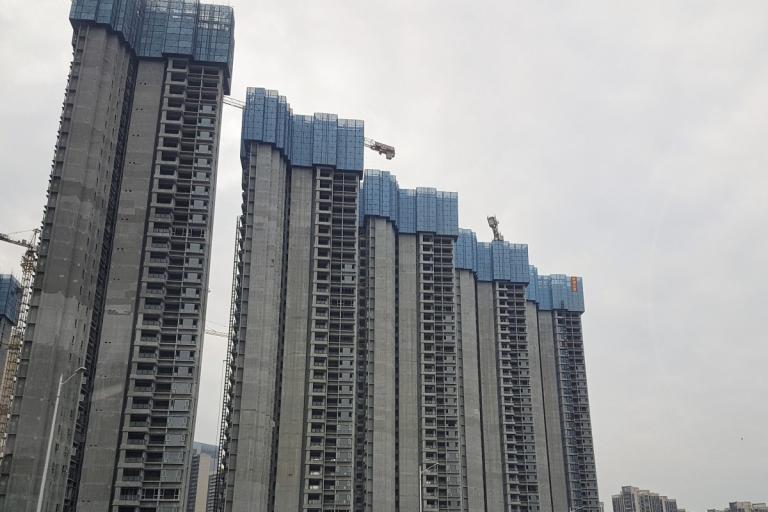Half Ching to Live in Cities by 2010
2 min readUrbanization is speeding up throughout China,with half the 1.3 billion Chinese or one tenth of the world’s population expected to live in cities in
2010. Every year, about 13 milion rural people flood into China’s cities,equivalent to the current population of Beijing, To accommodate this new urban population, the country needs a huge amount of resources, currently accounting for 40 per cent of the world’s total annual cement consumption and 30 per cent of the annual steel consumption. In addition, current construction proiects account for around 30 per cent of the global total, said the vice-minister. He estimated that it would be another 30 years before the initial phase of China’s urbanization is completed.”Besides resource consumption, urbanization brings a lot of problems such as the widening wealth gap between urban and rural areas, environmental damage, the lack of social security for unemployed migrant workers and heay pressure on transport networks”.
Expert pointed out that it would be possible for the country to accommodate 50 per cent of its population in cifies in 2010, since currently about 40 per cent of the population already lived in urban areas. The governmentneeded to seek solutions for swelling urban populations and shrinking resources, with developing employment the key to accommodating migrating rural people in the country’s some 600 cities and 20 000 towns in a balanced way. Qiu said that the country already had urban planning schemes for all levels and sound urban planning would protect the environment, energy and resources, respect culture and history, and safeguard the rights and interests of low-income citizens.

Currently, three densely urbanized regions have formed along China’s coast the Pearl River Delta, the Yangtze River Delta and the Being-TianinHebei region. New urban systems are also taking shape in the country’s smaller cities and towns, due to economic development and the absorption of surplus rural labour. Economic growth is the force driving this rapid ur-banization. But other factors also attract farmers to the cities, such as the development of transport networks and educational opportunities.









